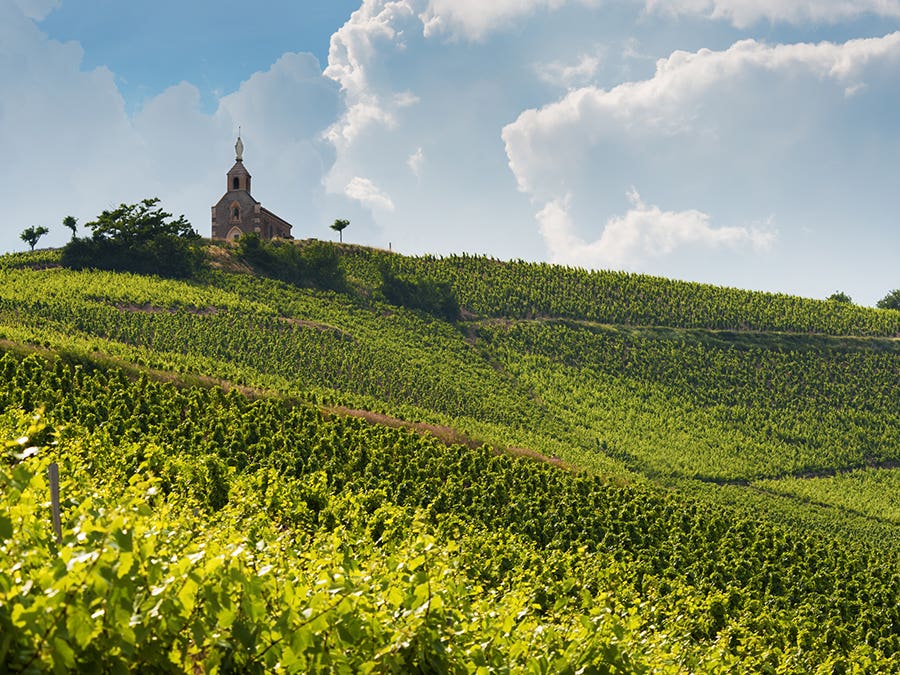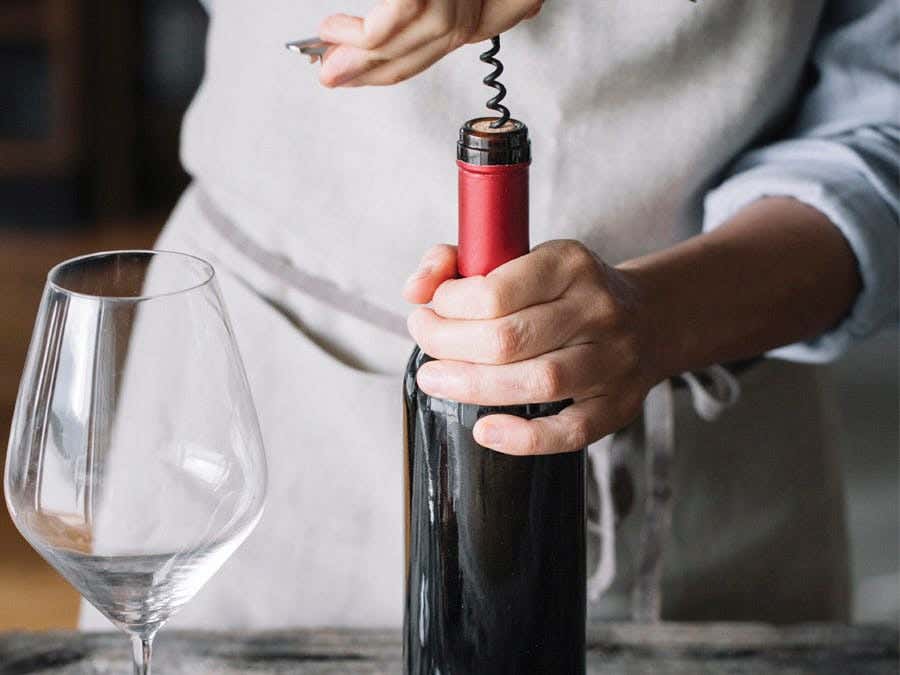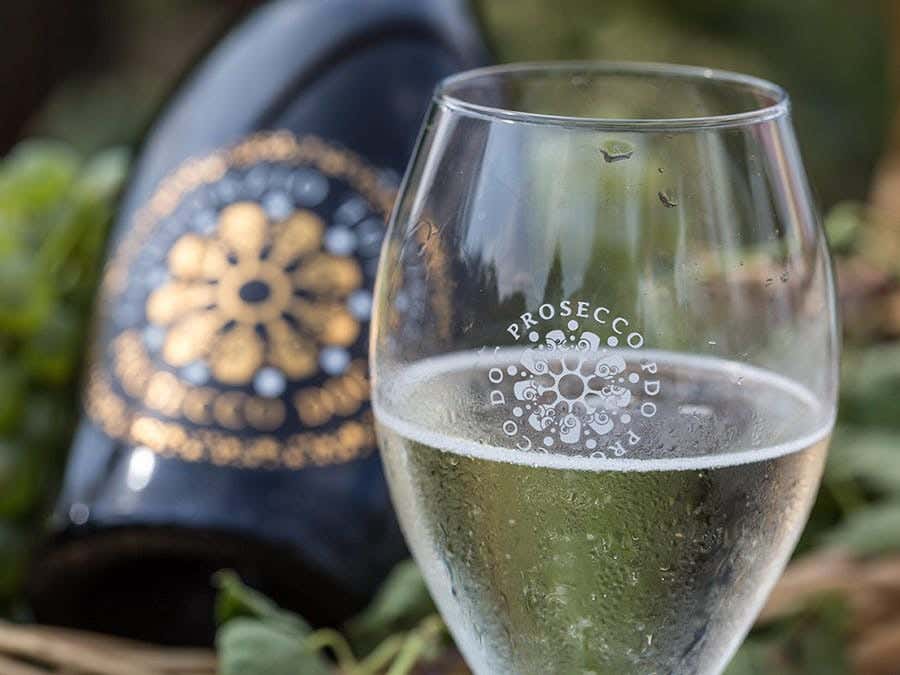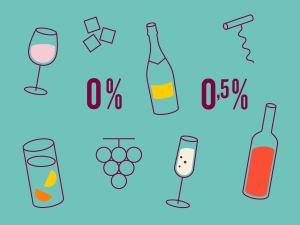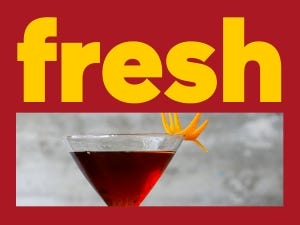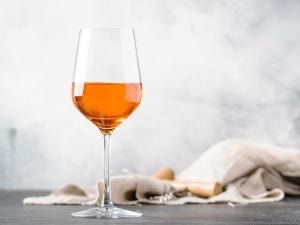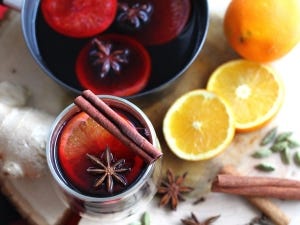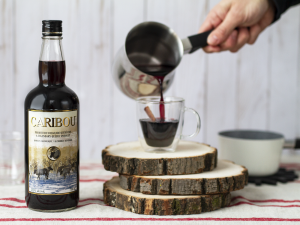The exiled grape
In 1395, Philip the Bold, the duke of Burgundy, ordered the destruction of all Gamay plants in the Burgundy region and that all attention was to be focused instead on Pinot Noir. He didn’t know that by forcing the grape out and southward – to Beaujolais – the plant would find its optimal expression of terroir. Today, Gamay remains the only authorized red grape in Beaujolais and represents almost its entire production. Chardonnay, sometimes blended with Aligoté, makes up only about 1 percent.
Carbo loading
Semi-carbonic maceration is an integral part of the Gamay vinification process in Beaujolais. Entire clusters of grapes are placed directly into vasts, resulting in an intracellular fermentation (essentially, within the berry) that generates intense fruit and supple tannins.
10 winning crus
The south, or Bas-Beaujolais, region produces almost all the nouveau wines, while in the north, 38 villages benefit from the Beaujolais-Villages appellation. The crus occupy only 10 percent of the region’s total vineyards. And the 10 communes that produce them are entitled to have their names on the labels: Saint-Amour, Juliénas, Chénas, Chiroubles, Régnié, Brouilly, Côte-de-Brouilly, Moulin-à-Vent, Fleurie and Morgon. The latter three are the best for aging.
With food
The granite soil in the north and schistose soil in the south generally produce vins de soif (thirst-quenching wines) with enchanting aromas that are marvellous cocktail hour. Beaujolais pairs particularly well with hams, terrines and charcuteries. Serve nouveau wines at 11°C or 12°C, and Beaujolais-Villages and cru wines at 13°C or 14°C.
Versatile gamay
Easy to pair, with their crisp notes of red fruits and spices, Gamays pair beautifully with charcuteries and poultry. What’s more, their pleasing acidity and supple tannins match just as well with dishes that would normally be served with white wines. In fact, the Gamay grape has become popular enough that even Burgundians now take it seriously. In 2011, a new appellation was created called Bourgogne-Gamay, designating wines produced with grapes grown exclusively in the Beaujolais crus. Closer to home, Ontario producers are also enthusiastic about this sought-after variety that spells great taste in the glass. Gamays from the 13th Street and Tawse wineries, available at the SAQ, are a case in point.
Related posts
-
Read more
SAQ shelves are lined with more than 300 wines and spirits produced abroad and bottled here, a process that has a positive impact on the environment and workforce in the province.
-
Read more
In recent years, Prosecco DOC (Denominazione Di Origine Controllata) sales have dizzying new heights. Read on to learn more about the accessible bubbles adored the world over.
-
Read more
Bubbly’s rising popularity has resulted in a wide variety of bottles to choose from. Here’s a handy guide to finding the one that’s right for you!
 Access to SAQ Inspire personalized services and store inventories are unavailable at the moment.
Access to SAQ Inspire personalized services and store inventories are unavailable at the moment. Free in-store delivery with purchases of $75+ in an estimated 3 to 5 business days.
Free in-store delivery with purchases of $75+ in an estimated 3 to 5 business days. 
